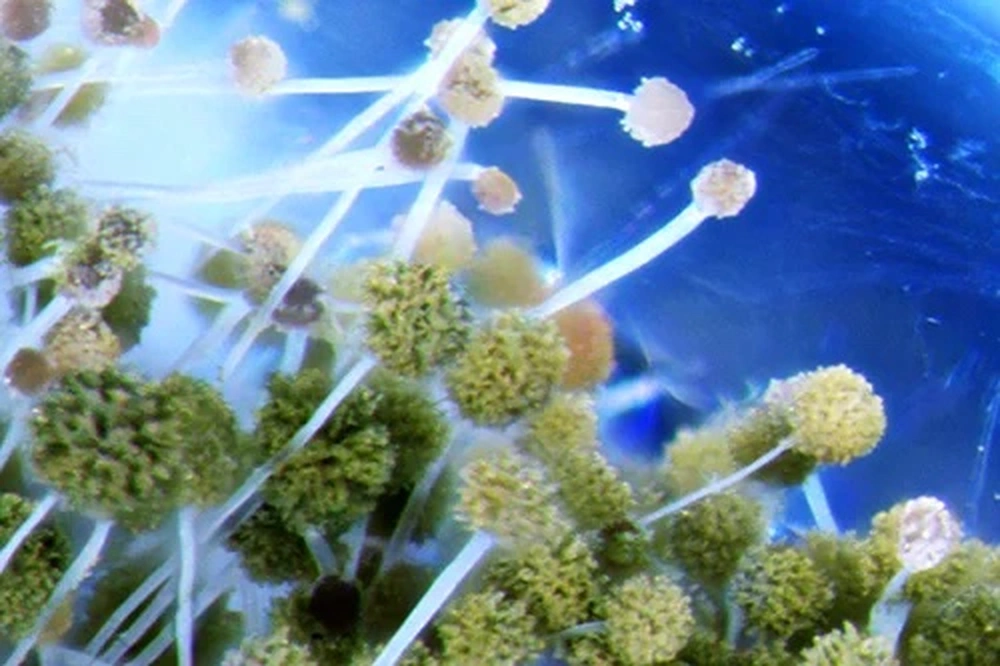
The past attempts of honey bee researchers to inventory the fungal diversity in honey bee colonies revealed that Aspergillus flavus is frequently found in hives. In a new study, researchers have discovered that this fungus is uniquely adapted to survive in bee colonies.
The western honey bee, Apis mellifera, stores large quantities of food in the form of bee bread, which is used as a main food source for the hive. The abundant nutritional value of this food source also makes it an appealing target for microorganisms. However, bee bread is acidic with little moisture, and is doused with the antimicrobial chemical propolis.
Despite the inhospitable nature of bee bread, the microbiome in hives consists of several bacterial and fungal species that are important to honey bee food preparation, storage, and digestion.
“Most of the research on bee bread has been focused on bacteria and it was assumed that fungi didn’t play a big role because the bacteria made it too inhospitable to them,” said Daniel Bush, a graduate student in the (head of the Department of Entomology) May Berenbaum lab. “After talking to mycologists, I suspected that wasn’t the case and I set out to demonstrate that fungi were capable of living successfully in bee bread.”
...